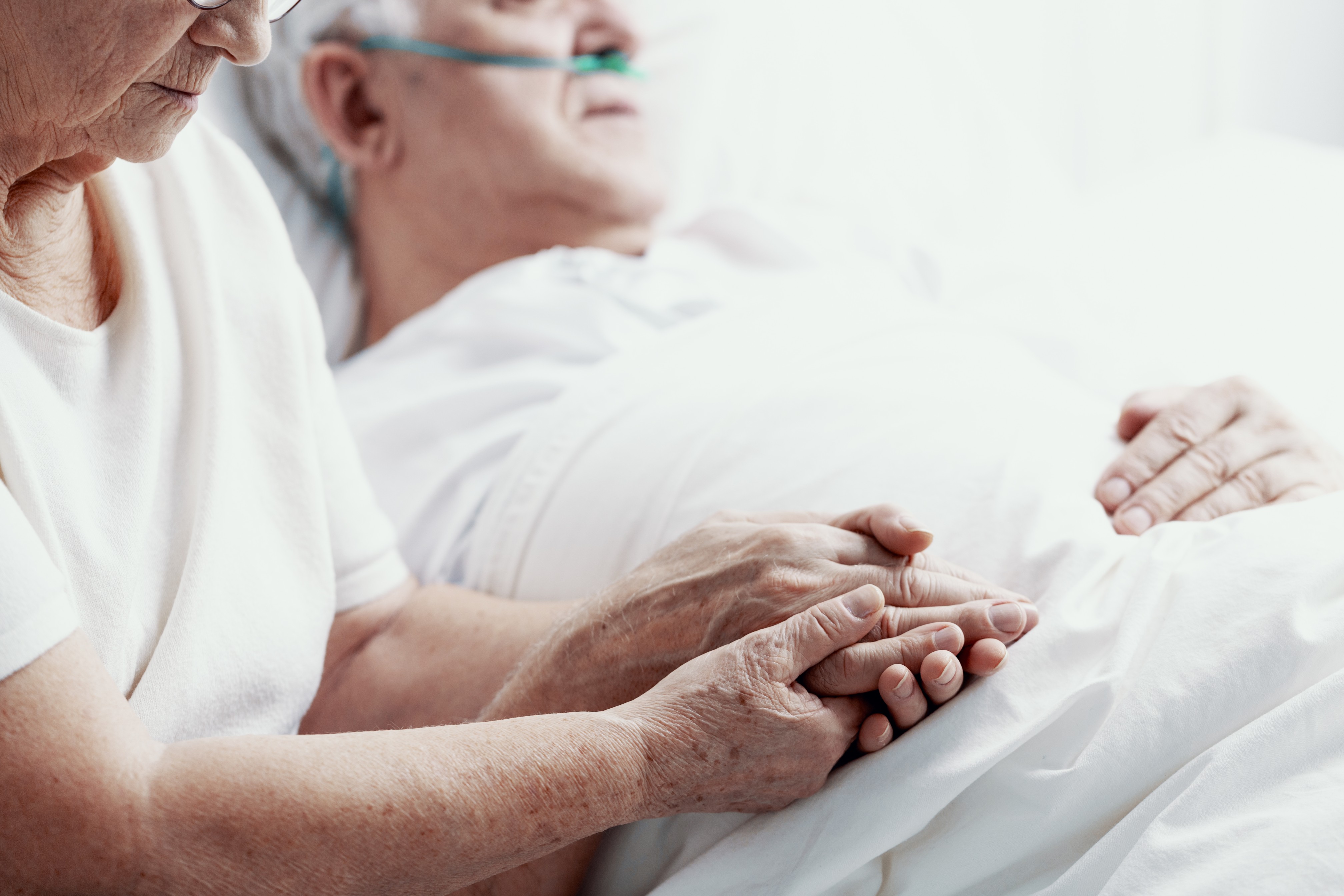

You might be reading this article right now because you or a loved one has been diagnosed with cancer. We hope that’s not the case, but given that cancer affects 1 in 3 people in the United States, we know it might be.1 We want to support you on your journey by arming you with some information you can easily digest and remember. Let’s take it one step at a time.
Generally speaking, cancer is what happens when old, damaged, or abnormal cells in your body continue to multiply, rather than die out. This uncontrolled growth of damaged cells edges out normal, healthier cells, eventually turning into cancer. Some cancers remain in one place, while others grow and spread. When cancer spreads to other parts of the body, it’s called metastasis.
Cancer can be successfully treated for many people. Oncology (cancer medicine) is progressing and evolving all the time, and more people are able to lead full lives after cancer treatment now than any time in history.
There are over 200 types of cancer, and they fall under one of two broad categories: blood cancers and solid tumor cancers.2
The word “tumor” may be synonymous in your mind with cancer, but that isn’t always the case. A tumor can be any growth or lump. Some tumors are not cancerous (benign), while other tumors are cancerous (malignant). One big difference between benign and malignant tumors is that benign tumors do not spread to other parts of the body, whereas malignant tumors do spread (metastasize).
Cancers are named by the part of the body they were first found in, regardless of whether they later metastasize to other parts of the body (for example, breast cancer that has metastasized to the brain or lungs is still breast cancer, rather than a new cancer). A metastasis is made of original tumor cancer cells that were able to fragment, move through lymph or blood vessel walls, and attach to a lymph node or new organ.
There are general signs and symptoms of cancer, but it is important to note that literally any of these can be (and often are) explained by other, unrelated things.
It bears repeating: all of these symptoms can be caused by other things that have nothing to do with cancer. A good rule of thumb with symptoms like these is to let time be your teacher and to seek the assistance of a physician early on. If your symptoms don’t get better or actively get worse, it’s a good idea to see your doctor.
Prostate cancer, followed by lung cancer, colorectal cancer, bladder cancer, and melanoma are the most common types of cancer in men.3 Breast cancer, followed by lung cancer and colorectal cancer, are the most common types of cancer in women.4 Lung cancer is the most deadly type of cancer for both men and women.
There is one thing that improves the prognosis and chance of survival for all of these cancers: early detection. The earlier a cancer is detected, the less time it has to spread.
Finding your cancer when it’s still at a low grade (Grade I or II signifies little or no spread, whereas Grade III or IV tells you the cancer has grown and/or metastasized) significantly improves your chances of successful treatment and recovery.5
Physical exams, colonoscopies, mammograms, pap smears, vaccines, and dermatological skin checks are important–sometimes life-saving–preventive health screening tools. Check in with your doctor about which preventive screens may be best for you based on your health, age, history, and risk factors.
Cancer is different for everyone and doesn’t always have a clear cause; that’s part of what can make it so hard to treat. There are certain factors, however, that put you at an increased risk for developing cancer.6 Here are some important ones to be aware of:
Blood cancers can be detected using blood tests, bone marrow exams, and medical imaging scans. Radiologists can visualize solid tumors on diagnostic imaging tests like MRIs, CT scans, PET scans, and X-rays. Medical imaging scans are also used to track the spread of cancer, measure treatment progress, and guide surgeries and procedures.
The ultimate goal of cancer treatment is to cure it. Some cancers can be cured (meaning they are treated, go into remission, and do not come back). Others can be treated, but not cured, and others can simply be slowed.7 The treatment plan is specific to each patient and each cancer. Your doctor(s) will help you come up with a treatment plan that is best for you. Here are some of the most common cancer treatments:
Less common, but rapidly gaining popularity, is precision oncology (think cell therapy, gene editing, microbiome treatments), an emerging field that takes into account the unique genetic makeup of each cancer. Targeting cancers based on their individual characteristics could lead to less invasive treatments with higher efficacy.8
Cancer is incredibly overwhelming, but scheduling an imaging scan shouldn’t be. Head to scan.com’s straightforward scan search tool to easily locate a reputable scan center near you. Feeling overwhelmed? Head over to this article for some tools on what to do when you get bad news from your doctor.
Resources: